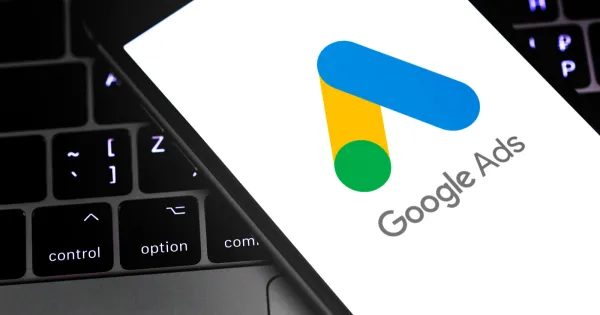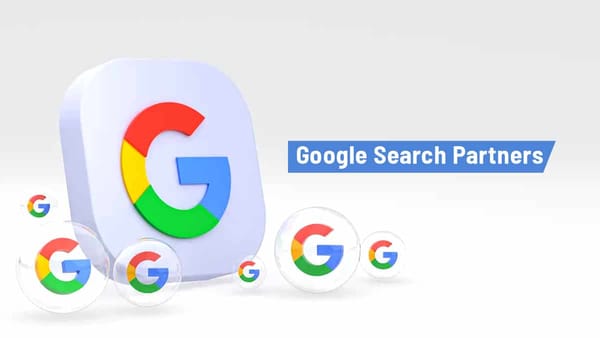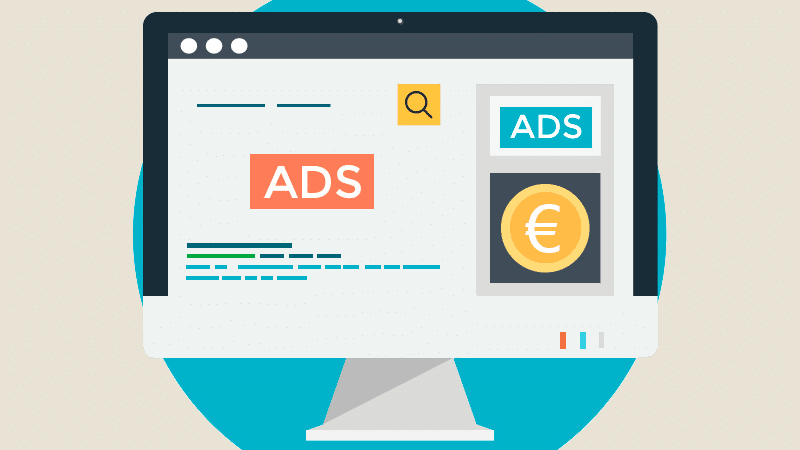SEO and SEM: Understanding the Key Differences and How They Work Together for Online Success

Introduction
In the world of digital marketing, two terms that often come up are Search Engine Optimization (SEO) and Search Engine Marketing (SEM). Both play vital roles in helping businesses gain visibility on search engines and drive traffic to their websites. While they are related and share some similarities, they are distinct strategies that serve different purposes.
In this article, we will break down what SEO and SEM are, how they differ, and how you can use both effectively to enhance your online presence.
What is SEO (Search Engine Optimization)?
SEO is the practice of optimizing your website to improve its organic (non-paid) ranking on search engine results pages (SERPs). The primary goal of SEO is to increase the visibility of your website by optimizing various on-page and off-page factors that influence search rankings.
There are three main components of SEO:
- On-Page SEO: This refers to the content and HTML elements of a webpage that can be optimized to improve search rankings. It includes keyword usage, meta tags, header tags, internal linking, and content quality.
- Off-Page SEO: This involves strategies that take place outside of your website but still impact your rankings, such as link building and social media engagement.
- Technical SEO: This focuses on the backend elements of your website, such as site speed, mobile-friendliness, crawlability, and structured data.
By implementing effective SEO strategies, you can improve your website’s search engine ranking and attract organic traffic over time.
What is SEM (Search Engine Marketing)?
SEM is a broader term that encompasses both SEO and paid search strategies. However, it is typically associated with paid advertising on search engines. With SEM, businesses pay to have their ads displayed on search engine results pages, typically through programs like Google Ads or Bing Ads.
Key components of SEM include:
- Paid Search Ads: These are the ads you see at the top or bottom of the SERPs. Advertisers bid on keywords relevant to their business, and their ads are displayed when users search for those keywords.
- Pay-Per-Click (PPC): In PPC campaigns, businesses pay each time a user clicks on their ad. This allows businesses to drive traffic to their website quickly, but it requires a budget for advertising.
- Display Ads: These ads appear on various websites within the search engine’s advertising network, promoting a business even when users are not actively searching for a specific term.
SEM enables businesses to target specific keywords, demographics, and locations, ensuring that their ads reach the right audience at the right time.
Key Differences Between SEO and SEM
While SEO and SEM both aim to improve a website’s visibility and drive traffic, they differ in several key ways:
1. Cost
- SEO: SEO is a long-term investment that involves time and effort, but it’s essentially free in terms of direct costs. However, businesses may choose to invest in SEO tools, professional services, or content creation to optimize their website.
- SEM: SEM requires a budget for paid ads. You pay each time a user clicks on your ad (PPC), or you can pay for impressions, depending on the type of campaign. This means SEM can deliver immediate traffic but requires continuous investment.
2. Time to Results
- SEO: SEO takes time to yield results. Depending on competition, content quality, and website authority, it can take several months to see significant changes in rankings and traffic.
- SEM: SEM can produce immediate results. As soon as you launch your paid campaigns, your ads can start appearing on the SERPs, bringing in traffic right away.
3. Traffic Type
- SEO: SEO generates organic traffic. This traffic is highly valuable because users who find your website through organic search tend to trust it more than paid ads. Organic traffic is also more sustainable in the long run.
- SEM: SEM generates paid traffic. While this traffic is targeted and immediate, it stops once you stop paying for ads. SEM can be a good way to boost traffic quickly, but it doesn't provide the same long-term benefits as SEO.
4. Sustainability
- SEO: The results from SEO are more sustainable over time. Once you’ve built authority and optimized your site, you can maintain a strong presence in search results without continuous investment.
- SEM: SEM requires ongoing spending. If you stop paying for ads, your visibility disappears. However, SEM can provide an immediate boost during promotional periods or new product launches.
When to Use SEO and SEM Together
While SEO and SEM are different, they can complement each other and work together to achieve even greater results. Here’s how you can use both in your digital marketing strategy:
1. Use SEM for Immediate Traffic and SEO for Long-Term Growth
If you need immediate visibility, SEM is the way to go. Paid ads can drive traffic to your website quickly, which is particularly useful for new businesses or time-sensitive campaigns. At the same time, investing in SEO will help you build a foundation for long-term organic traffic.
2. Use SEM to Test Keywords and Inform SEO Strategies
With SEM, you can run paid campaigns using specific keywords to see which ones perform the best. This data can inform your SEO strategy, helping you optimize your website around high-performing keywords.
3. Improve Visibility in Competitive Markets
In highly competitive markets, it may be challenging to achieve top organic rankings quickly with SEO alone. SEM can provide an immediate solution to gain visibility while you continue to optimize your website for long-term organic rankings.
4. Use SEM to Complement SEO During Seasonal Campaigns
If you have a seasonal product or promotion, you can use SEM to boost visibility during high-demand periods while still focusing on improving your organic rankings for future years.
Conclusion
Both SEO and SEM are powerful tools in the digital marketing landscape, each offering unique benefits. SEO focuses on building organic visibility over time, while SEM provides the opportunity for immediate traffic through paid ads. The key to success lies in understanding how these strategies differ and using them together to create a well-rounded and effective digital marketing plan.
By using SEO for long-term growth and SEM for immediate visibility, businesses can ensure they are maximizing their online presence and driving traffic from multiple sources. Whether you are just starting your online journey or looking to expand your existing digital strategy, understanding SEO and SEM will help you stay ahead of the competition and achieve online success.




